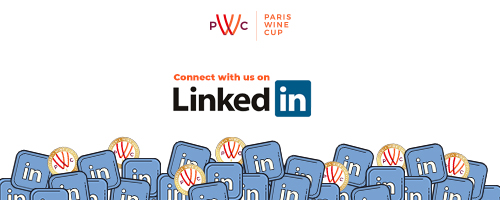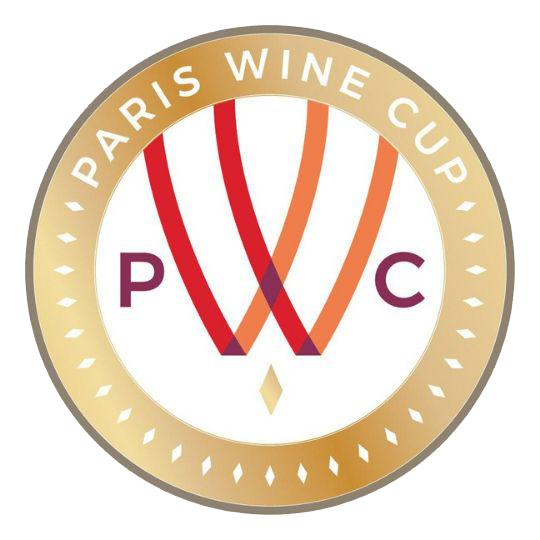Super Early Bird Ends
30 April 2025
Warehouse Deadline
30 Sep 2025
Judging Dates
7 October 2025
Winners Announcement
28 October 2025

According to a study by KEDGE Business School in Bordeaux in June 2017, the size of the French wine e-commerce market now stands at €1.4 billion or approximately 9.4 percent of total wine e-commerce sales worldwide. During the period from 2008-2017, the French wine e-commerce market posted dynamic growth rates of more than 30 percent per year, leading to tremendous excitement about the future of wine e-commerce in France. Moreover, the number of e-commerce wine players in France is now close to 400, nearly double what it was less than a decade ago.

While growth appears to be stabilizing now at about 6-7 percent per year, there is still enormous potential in the French e-commerce marketplace for wine brands. This is evidenced by the rising percentage of French citizens (29%, up from just 10% in 2011) who say they have recently purchased wine online. So how can new wine brands navigate the e-commerce marketplace in France in 2020 and beyond?
Without a doubt, younger millennial wine drinkers in France are more likely to use the Internet to purchase wine than older wine drinkers. According to a 2018 study by Sowine (a French marketing consultancy dedicated to wine), the highest proportion of French citizens who purchased wine online were in the 18 to 35 age demographic. 35 percent of these younger millennial drinkers purchased wine online – and this percentage has steadily increased since 2011.
Thus, for wine brands looking to navigate the Internet, one priority should be understanding how different trends – such as the rise of mobile and the importance of social networking platforms – influence the wine purchase decision for young millennials. The rise of mobile, for example, means that wine brands need to adapt a “mobile-centric” mentality, in which all wine content needs to be optimized for mobile platforms. The importance of social networking platforms means that wine brands need to consider how online influencers and word-of-mouth buzz on social media can change consumer perceptions.
One important reason why French citizens are embracing the internet for wine sales is pricing. When Sowine asked survey participants to list all the reasons why they shop for wine online, the No. 1 factor was “attractive price tags,” cited by 51 percent of all respondents. The No. 2 factor was “delivery costs,” cited by 38 percent of all respondents. So the overwhelming takeaway should be that pricing matters. If e-commerce sites are not able to provide superior value, then French citizens will simply continue to buy wine from brick-and-mortar wine merchants, supermarkets, hypermarkets or other retailers.
When it comes to price, it’s also helpful to understand what a “typical” e-commerce purchase looks like. According to Sowine, the average online shopping basket for wine is 3 to 6 bottles, and the average budget per bottle is between €5 and €10. Based on these figures, it’s clear that Internet users primarily view wine e-commerce as a way to purchase “everyday” wines priced at under €10. Thus, one marketing strategy for online wine sales might be to focus on wines in this price category and then emphasize the ease, convenience, and affordability of having those wines delivered directly to the home.
When delving into the numbers behind the French wine e-commerce trend, one interesting observation is that there are several distinct categories of websites that comprise the overall wine e-commerce market. In the KEDGE Business School survey, French citizens were asked which websites they use when shopping for wine online. Top categories included producers (50%), private sales (36%), wine merchants (32%), large retailers (30%), wine clubs (17%), and wine auctions (17%).
Based on these numbers, it’s clear that half of all online wine buyers head directly to the websites of their favorite producers. This suggests that a Direct-to-Consumer (DTC) business model makes a lot of sense for wine brands since most Internet users are looking to avoid the middleman. If possible, they would like to deal directly with the winery or winemaker, and not with merchants or retailers. Wine brands need to keep this in mind when developing a strategy for the French wine market.
One key finding from the KEDGE Business School survey on the French wine market was that hypermarkets, supermarkets, and discount chains play a very important role in how most people in France buy wine. KEDGE analyzed consumption habits and found that hypermarkets account for 45 percent of French still wine sales, and supermarkets account for another 23 percent. Together, then, hypermarkets and supermarkets control a majority (68%) of all French wine sales. In comparison, e-commerce accounted for only 6 percent of all French wine sales in 2017. And, when asked where they “usually buy wine,” a stunning 76 percent of respondents said “large retailers,” compared to only 13 percent who said “the Internet.”
The big question, of course, is what happens when more and more people in France decide to purchase wine online. In 2011, says KEDGE, only 10 percent of people had purchased wine or champagne on the Internet. By 2016, that figure had increased to 34 percent. Right now, it appears that most of these Internet users are heading to the websites of producers and wine merchants to purchase wine. As online wine purchases increase, though, it’s natural to assume that large French hypermarkets and supermarkets – such as Carrefour or Auchan – will start to play a more important role. This could mean more competition for traditional wine brands from new private label brands.
Clearly, online wine sales in France are going to grow and play a much larger role in how people purchase wine over the next few years. The long-term trend is for more and more people in France to purchase wine online, and that trend is especially noticeable in the younger generation of wine drinkers. By embracing this millennial generation, and by focusing on the factors that matter the most to them (especially attractive price tags), it is possible for wine brands to develop an effective strategy for navigating the French wine e-commerce market.
 Paris Wine Cup will be assessed and judged by a leading panel of top-level wine buyers with current direct commercial buying responsibility. Or wine consultants and experts who are also directly involved in the development of new wine brands or buying wine for commercial resale.
Paris Wine Cup will be assessed and judged by a leading panel of top-level wine buyers with current direct commercial buying responsibility. Or wine consultants and experts who are also directly involved in the development of new wine brands or buying wine for commercial resale.
Put your wines in front of them and get rated by Value, Quality, and Package.
Leading wine brands from around the world now have an opportunity to grow their business and gain the attention of wine buyers, wine directors and influencers globally via the Beverage Trade Network Community.
Submit your wines in the Paris Wine Cup.